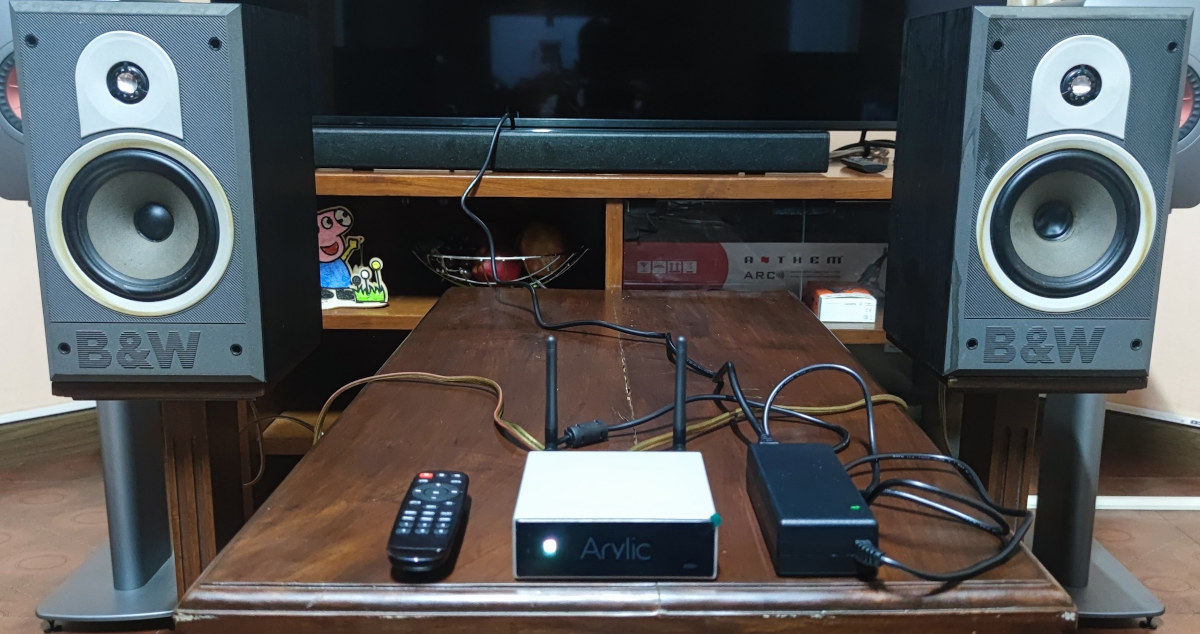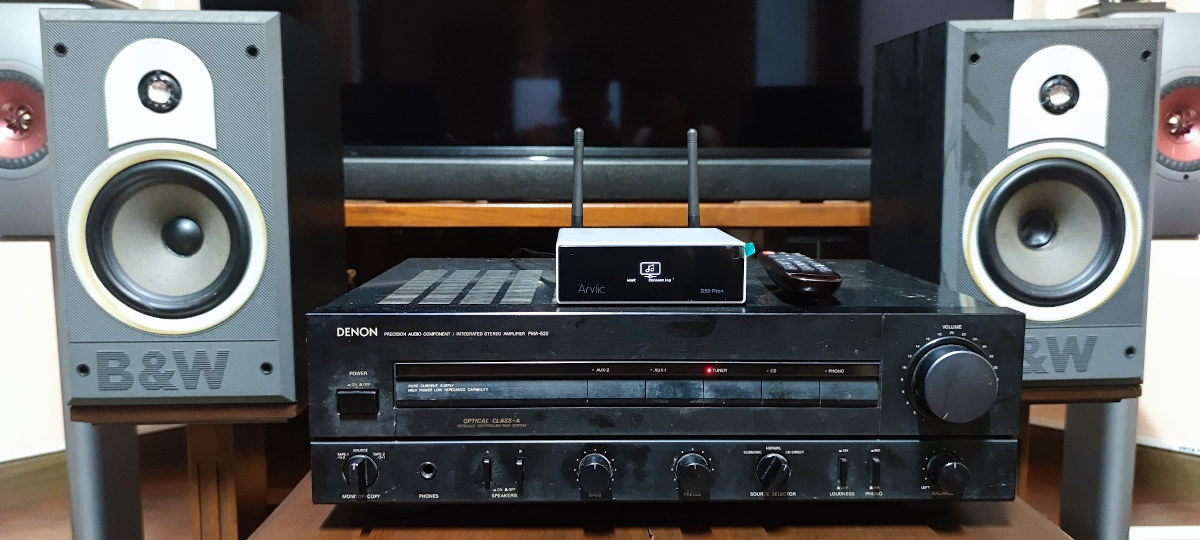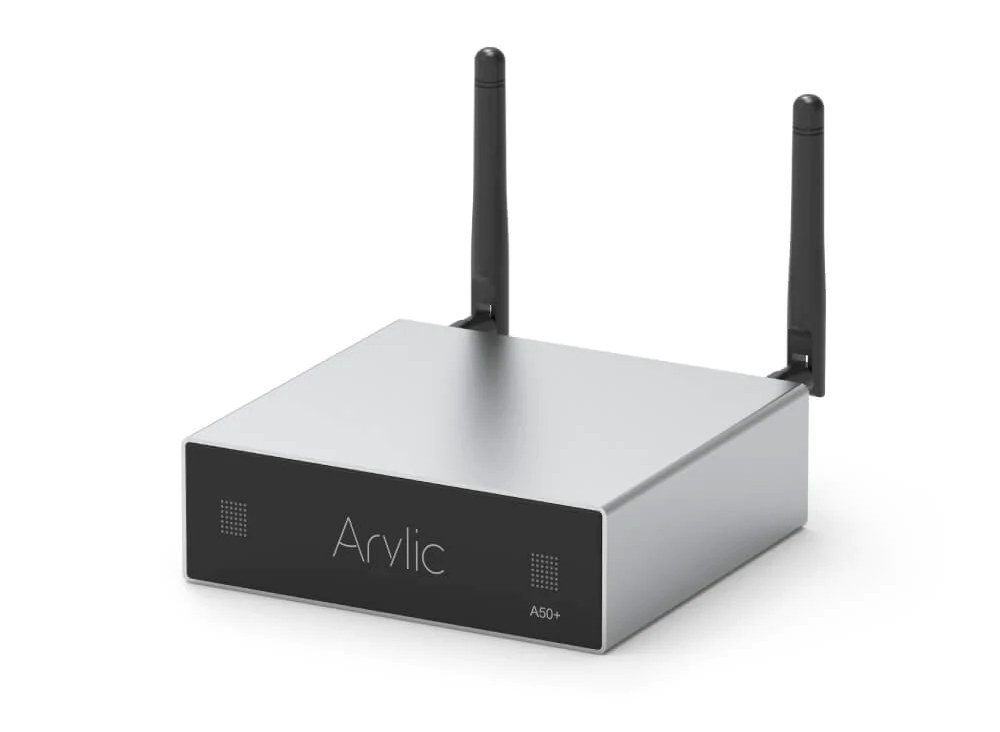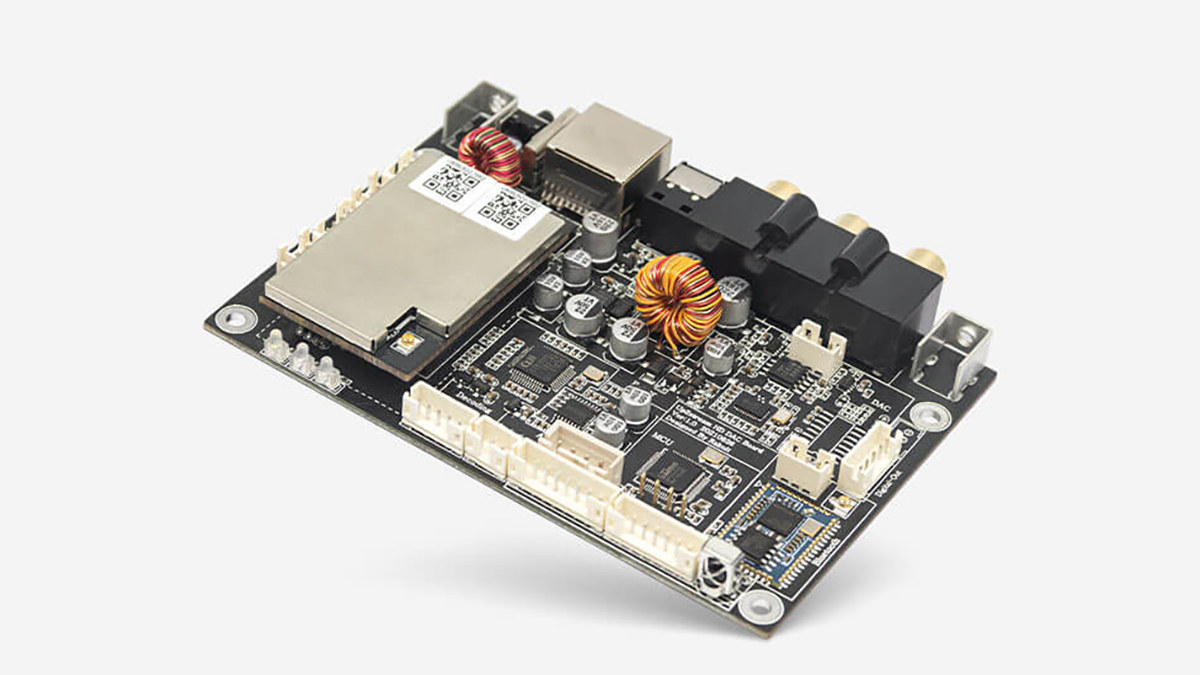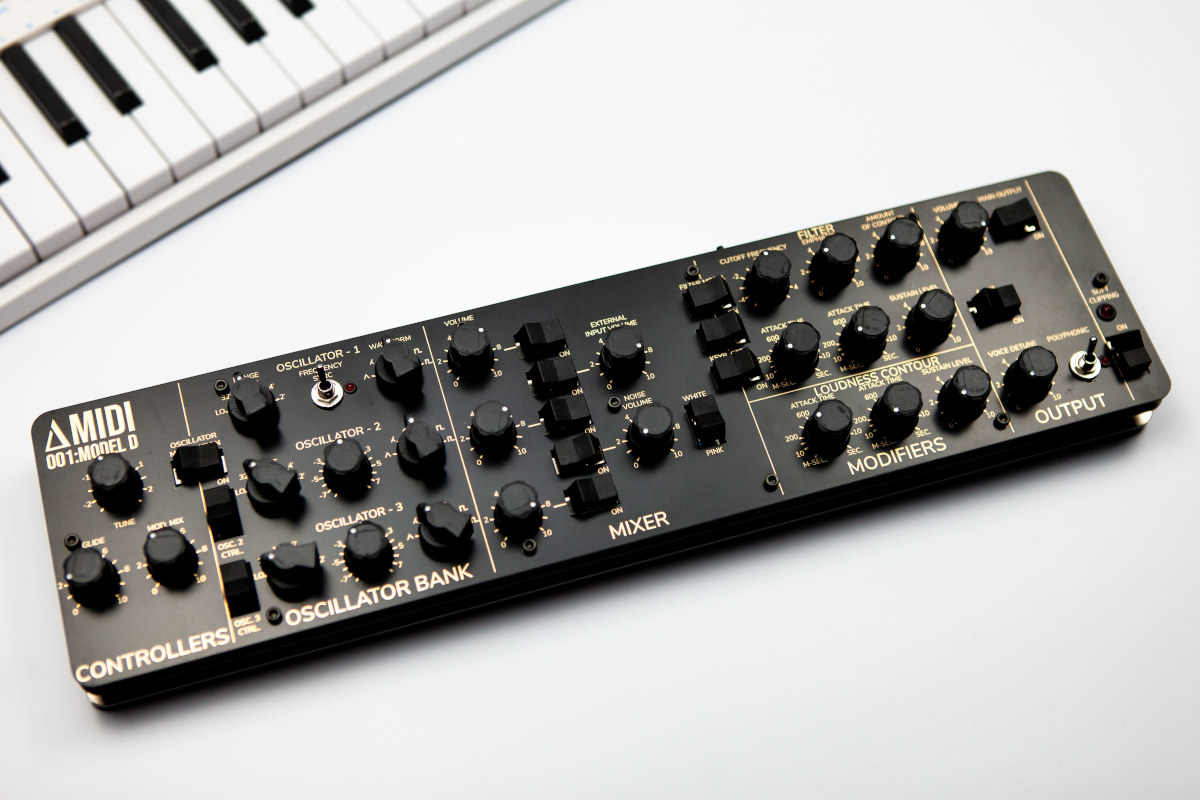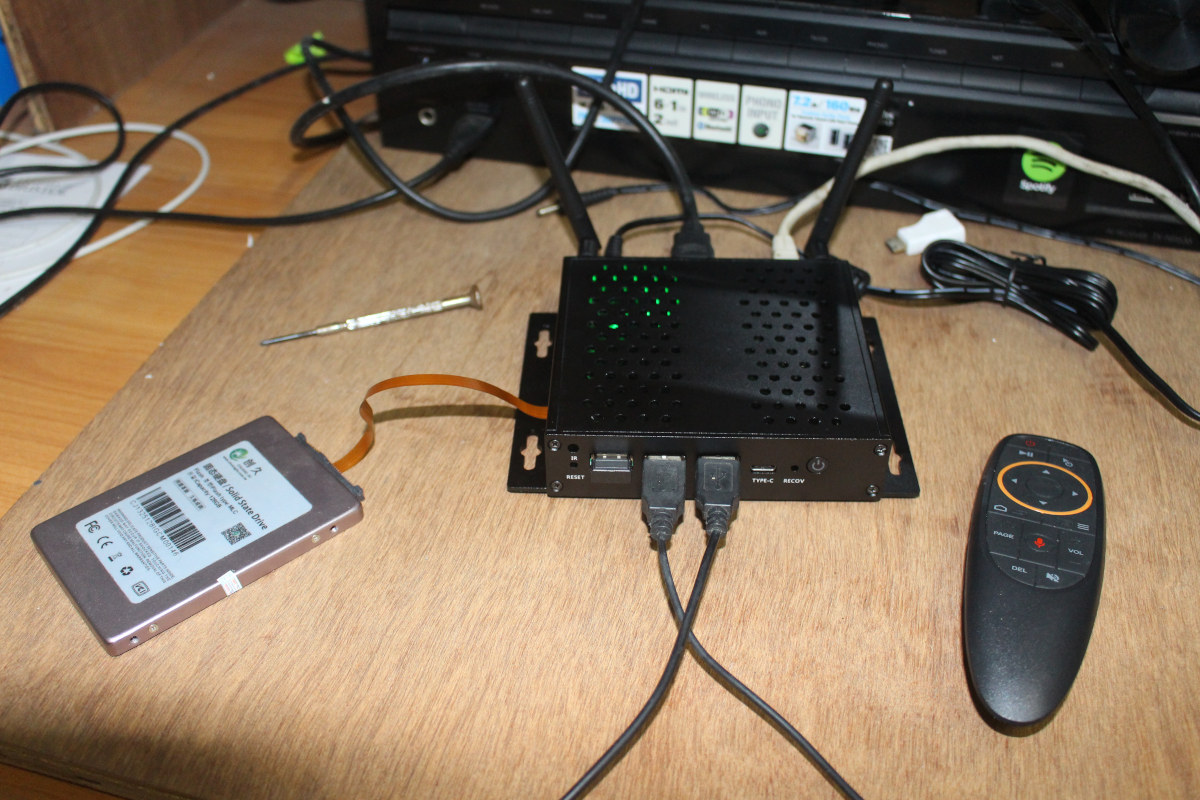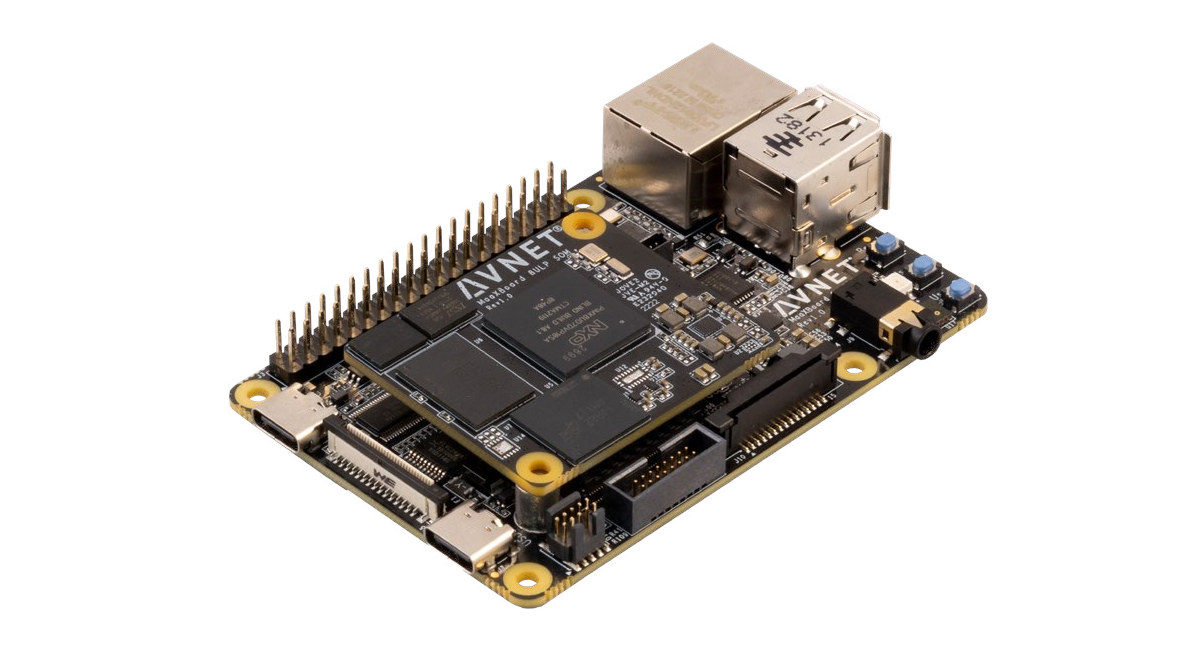The Arylic A50+ is a stereo audio streamer with a built-in power amplifier and support for wireless networks such as WiFi and Bluetooth as well as wired connections such as Ethernet, Analog RCA Line In, optical S/PDIF input, Subwoofer Out, and USB host port. All you need to do is connect the Arylic A50+ amplifier to passive speakers, and you can then easily stream music from streaming services such as Spotify, Tidal, or Qobuz in high-definition audio with the company’s 4STREAM app or another compatible app. Multiple A50+ wireless amplifiers can also be connected through your house to enable multiple rooms and/or zones support. Arylic A50+ unboxing Arylic A50+ wireless amplifier teardown We can open the device after loosening four screws and have a look at the various electronic components used in the design. The main board, named Up2Stream A50Pro, consists of 5 important integrated ICs: Those include: […]
Review of Arylic S50 Pro+ wireless stereo pre-amplifier
The Arylic S50 Pro+ is an audio streamer with a built-in preamp. It can be connected to various wireless networks such as WiFi and Bluetooth (with aptX HD audio support), and wired connections namely analog RCA Line In/Out, Digital Optical In/Out, Coaxial Out, Subwoofer Out, RJ45 LAN port, and a USB host port. To use the S50 Pro+, simply connect the output cable to the power amplifier and a stereo speaker system. It allows you to stream music from streaming services like Spotify, Tidal, or Qobuz in high definition through the 4STREAM app or other compatible apps. It’s also possible to add multiple S50 Pro+ to your home audio system for support for multiple rooms and/or zones. Arylic S50 Pro+ unboxing Arylic S50 Pro+ teardown We can open the device after loosening 4 screws and find out the various electronic components inside the pre-amplifier with a PCBA named “Up2Stream […]
Arylic A50+ wireless stereo amplifier supports 50W speakers (Sponsored)
Acrylic A50+ is a multi-functional wireless stereo amplifier that can stream a variety of sources to your passive speakers and active subwoofers. The amplifier features two 50W outputs, one subwoofer RCA output, two analog stereo RCA inputs, as well as only optical S/PDIF input. The A50+ offers Ethernet, WiFi, and Bluetooth connectivity, a USB port to play music from a USB driver, and several A50+ amplifiers can be set up in several rooms in your house to create a multi-room system. Arylic A50+ specifications: Audio Input – USB 2.0, analog stereo RCA, digital optical S/PDIF Audio Output Speaker 2x 24V 4 Ohms 50W speakers 2x 24V 8 Ohms 30W speakers Subwoofer – RCA output Frequency Response – 20Hz to 20KHz Audio Formats – MP3, AAC/AAC+, ALAC, APE, WAV, FLAC Audio Decoding – Up to 24bit/192KHz Connectivity Fast Ethernet RJ45 port 2.4 GHz 802.11 b/g/n WiFi 4 with external antenna Bluetooth […]
Up2Stream HD DAC wireless audio streaming board supports Airplay 2, aptX HD (Sponsored)
Arylic has offered Up2Stream audio receiver modules for DIY wireless speakers since 2018, and their latest module, the Up2Stream HD DAC board supports modern audio features such as Qualcomm aptX HD and Apple Airplay 2. Equipped with a high-performance ESS 9038Q2M audio codec, the wireless audio streaming board delivers 1:1 high-fidelity lossless 192khz/24bits audio output, offers dual-band WiFi, a range of audio input & output ports, and supports services such as Spotify Connect & Tidal Connect making Arylic’s 4Stream app optional. Up2Stream HD DAC board specifications: Analog Audio DAC – ESS 9038Q2M Stereo RCA output AUX input header Digital Audio Optical S/PDIF output, coaxial S/PDIF output, 1:1 up to 24bit / 192kHz Digital input header AUX input header Audio formats – FLAC, MP3, AAC/AAC+, ALAC, APE, WAV Connectivity Ethernet port Dual-band 802.11 b/g/n WiFi 4 Bluetooth 5.0 with support for aptX HD Streaming Protocols – AirPlay 2, DLNA, UPnP, Spotify […]
Arduino-based MIDI controller brings Minimoog Model D synthesizer back to life (Crowdfunding)
ΔMIDI 001:model D is an Arduino-based MIDI controller inspired by the Minimoog Model D synthesizer first introduced in the early 1970’s, but not in production anymore. The MIDI controller is compatible with VST (Virtual Studio Technology) plugins designed for the Minimoog synthesizer, DAWs (Digital Audio Workstation), and as an open-source, can be directly modified or tweaked by its user. ΔMIDI 001:model D key features and specifications: MCU – Arduino-compatible ATMega microcontroller Controls 21x analog potentiometers 6x 6-stage knobs 15x toggle switches 2x lever switches 3x LED indicators 44x physical controls in total. Sync button for instant settings transfer. Map button for changing MIDI mapping on the fly. Class-compliant MIDI-USB protocol implementation Eurorack-compatible design Dimensions – 425 x 110 x 48 mm Weight – 1100 grams Materials – Three layers of fiberglass reinforced laminate with an additional layer of sheet aluminum. All CNC-machined. The 001:model D MIDI controller has been tested […]
Mekotronics R58 review – Part 2: Android 12 on Rockchip RK3588 CPU
I’ve written the first part of Mekotronics R58 review last month with an unboxing, teardown, and first boot with 3D graphics benchmarks. I’ve now had more time to play with Android 12 on the Rockchp RK3588 mini PC, so I’ll report my experience with the device. User interface and settings As already mentioned, the box ships with Android 12 for TV and the stock launcher. The Google Play store is working, and I had no troubles installing all apps I needed for the review. Most of the settings are pretty much standard. While the first time, I used Ethernet, and also tried WiFi 6 connecting the R58 to Xiaomi Mi AX6000 router. It worked but not without some effort, as initially, all I got were messages like “Couldn’t find SSID” both with 2.4GHz and 5GHz SSIDs. It turned out I had to disconnect the Ethernet to make WiFi work, and […]
Silabs EFM32-based HydroMoth enables underwater acoustic data recordings
Open Acoustic Devices’ HydroMoth is the underwater equivalent of the AudioMoth full-spectrum acoustic device that records audio samples mostly to monitor wildlife. Still based on a Silicon Labs EFM32 Wonder Gecko MCU, the HydroMoth is firmware-compatible with AudioMoth, enables audio recording at up to 60 meters deep, and has been tested to last two months at a depth of 30m using three AA batteries. HydroMoth key features and specifications: Wireless microcontroller – Silicon Labs EFM32 Wonder Gecko Cortex-M4F MCU @ 48MHz with 256kB Flash, 32kB RAM Storage – MicroSD card slot to store audio data Audio capture Onboard analog MEMS microphone acting as contact hydrophone Analog preamplifier with adjustable gain Uncompressed WAV from 8k to 384k samples per second USB – Micro USB Type-B port for configuration and reprogramming of the flash Misc Onboard RTC to track time in UTC timezone Improved 32.768 kHz MEMS oscillator to reduce clock drift […]
MaaXBoard 8ULP SBC leverages NXP i.MX 8ULP Cortex-A35/M33 SoC for Edge audio and HMI applications
Avnet MaaxBoard 8ULP will be one of the first single board computers (SBC) based on the new NXP i.MX 8ULP Cortex-A35/M33 processor designed for Edge audio and HMI applications, and featuring NXP’s EdgeLock for device-to-cloud security. The board will come with 2GB RAM, 32GB eMMC flash, a MIPI DSI display connector, a MIPI CSI camera connector, Fast Ethernet and WiFi 5 connectivity, a digital microphone, and a 3.5mm stereo audio jack, and provide expansion capabilities via a 40-pin header for Raspberry Pi HATs and a 16-pin Shuttle Click header for MikroE Click add-on boards. MaaXBoard 8ULP SBC specifications: SoC – NXP i.MX 8ULP processor with 2x Arm Cortex-A35 core @ 1.0 GHz, 1x Arm Cortex-M33 real-time core @ 216 MHz, 1x HiFi 4 audio DSP @ 600 MHz, 1x Fusion DSP @ 200 MHz for low-power voice and sensor hub processing, as well as 2D and 3D GPUs and 768 […]


